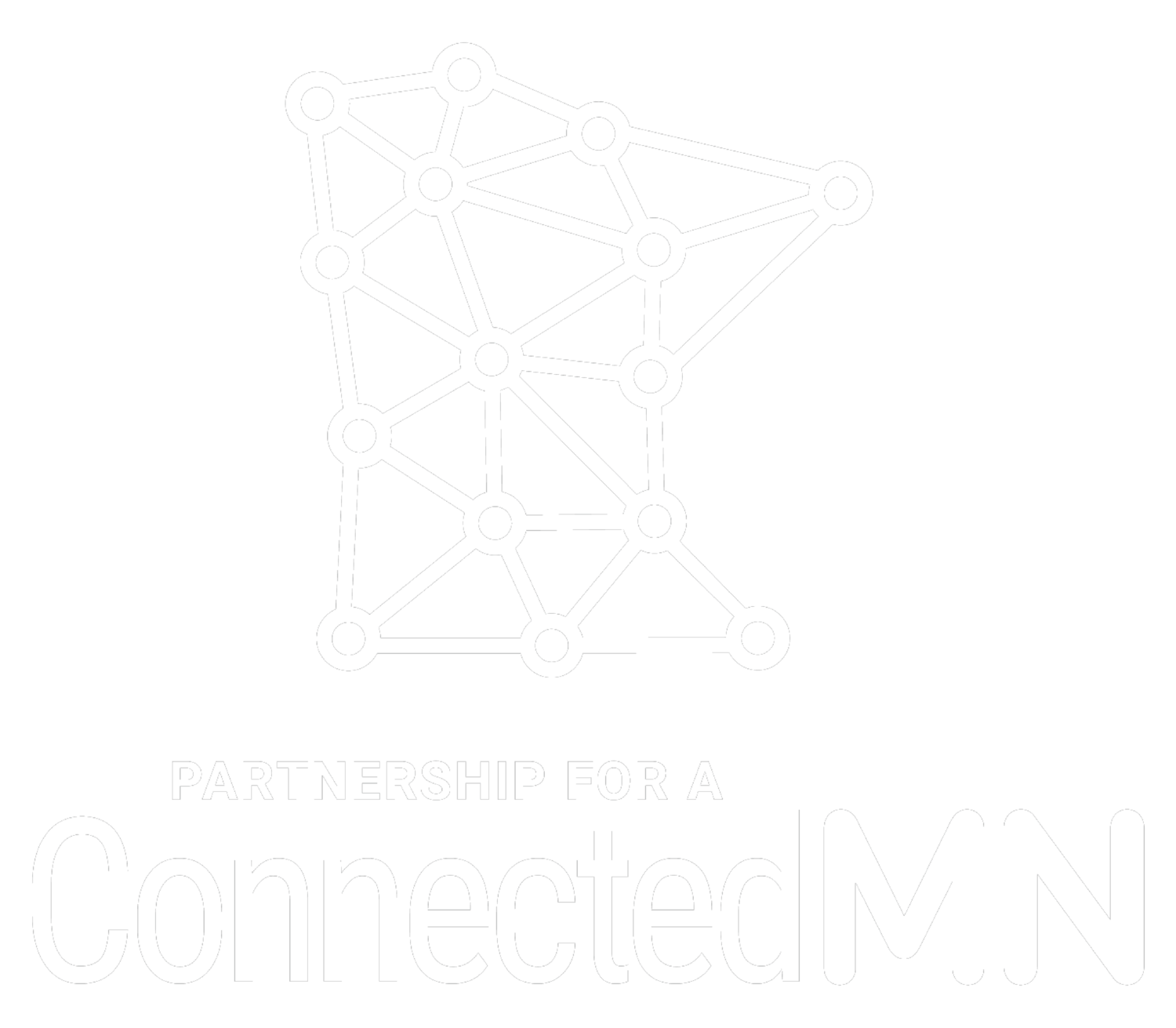Connecting the Disconnected: The Necessity of Devices for Foster Youth
“Technology is a necessity, not a nicety.”
Source: Jessica Rogers
The national average shows 50% of foster-care students graduate high school, and only 13% participate in post-secondary education. Connections to Independence is a nonprofit that produces phenomenal results in helping foster kids succeed in school. Of the students in this program, 98% of kids graduate high school, and 60% continue with post-secondary education.
However, during the pandemic, Connections to Independence watched their post-secondary rates drop to 20% because the lack of access to technology kept students from post-secondary programs. Educational COVID relief efforts left foster kids out.
Keeping Foster Kids Connected
Connections to Independence sought to help keep kids connected in five core areas: financial literacy, housing, employment, education, and personal wellness. They saw student mental health impacting their education, and lack of technology preventing student’s success in both.
The technology schools provided to achieve success in the above areas was not enough. If a device was broken or not functioning correctly, schools often did not replace them. Alternative schools did not provide students with computers, simply hoping students could keep up with packet work. Jessica Rogers, Executive Director of Connections to Independence, even noticed older students who were laid off from jobs in restaurants and retail apply for jobs via the phone. Beyond statistically being a year behind in school from the continuous moving and trauma experienced, technology was another barrier for foster kids.
Connections to Independence partnered with Youthprise and EducateMN to get Chromebooks to families and students. Because foster kids do not fall into traditional family structures, they often do not receive financial support. Furthermore, their foster parents are discouraged from applying for funding since it is unknown how long the kids will be with them. Youthprise offered Chromebooks at discounted rates, and 15 of them were given to the kids. Connections to Independence also acquired hot spots to distribute.
Connections to Independence is working to hire an academic coordinator to conduct visits at schools and help students with technology. This person will act as a digital navigator, providing an understanding of devices and school software.
Source: Connections to Independence
Recognizing the Longstanding Importance of Devices
Connections to Independence often collaborates with other partners, but they were new to realizing the value of technology. “Technology is a necessity, not a nicety,” Jessica added. “If I did not have my laptop, I would be in trouble.” For a particular student in the program, technology kept her children engaged while she attended school. When it broke, it became a question of how to go about daily life taking care of her education and children.
With this new realization of technology’s importance in their work, Connections to Independence is looking to acquire more laptops for their 14- to 25-year-old students.
Significance in a Time of Turmoil
A challenge Connections to Independence faces is connecting assistance on the needs of the children given they’re highly transient. Since foster kids move around a lot, the traditional approach of loaning out these devices did not work too well. Instead, kids were given the Chromebooks to keep. With technology in hand, the kids engaged more in school, participated in the nonprofit programming that moved digital, and spent time with their siblings. Overall, they became engaged with their lives again.
Connections to Independence is located in the community where George Floyd was murdered. Seeing the fires, the hurt, and the violence in their area was incredibly difficult. To help with personal healing from this additional trauma, the nonprofit partnered with Lary Tucker, Founder of Kente Circle Associates, to provide a two-hour group therapy session for staff. Being able to connect as a staff to then reach kids in foster care was crucial. Foster youth Connections to Independence serves are 96% African American, and foster kids are twice as likely to have PTSD as veterans. Gaining access to technology was also how staff and kids could connect, and access supports to address emotional needs and take care of their mental health.
“The dual pandemics revealed how much our young people needed us,” Jessica stated. Foster kids are an isolated population already, and the importance of connection grew.
Advancing Digital Equity
Moving forward, homeless youth and youth in foster care need access to funding, quality internet, and technology. Foster youth are already disconnected communities. One solution Jessica mentioned is free public wifi. She gave an example that some children in other cities who don’t have internet in their homes sat outside their local McDonalds for internet. They were not allowed inside since they did not buy anything, but that was their only point of access. It is easy to recognize that this is also true for our at risk youth in Minnesota. Paying for this necessity is not always attainable for those in greater Minnesota, those in poverty, and those in BIPOC communities, and they are often left out. Better research on who remains unserved and what areas and families have the greatest need would provide the data to help decision makers determine what communities should get the funding they need to ensure connectivity is accessible and affordable to all.


